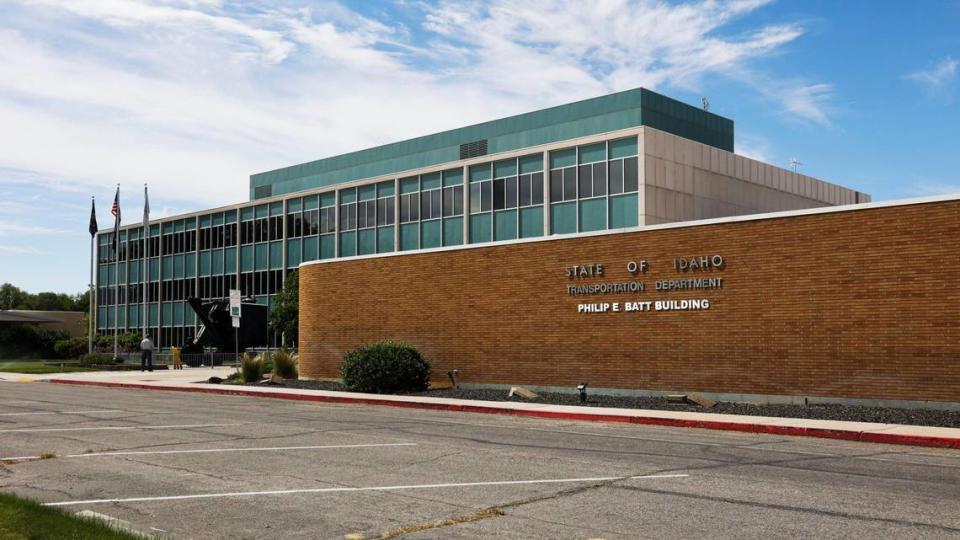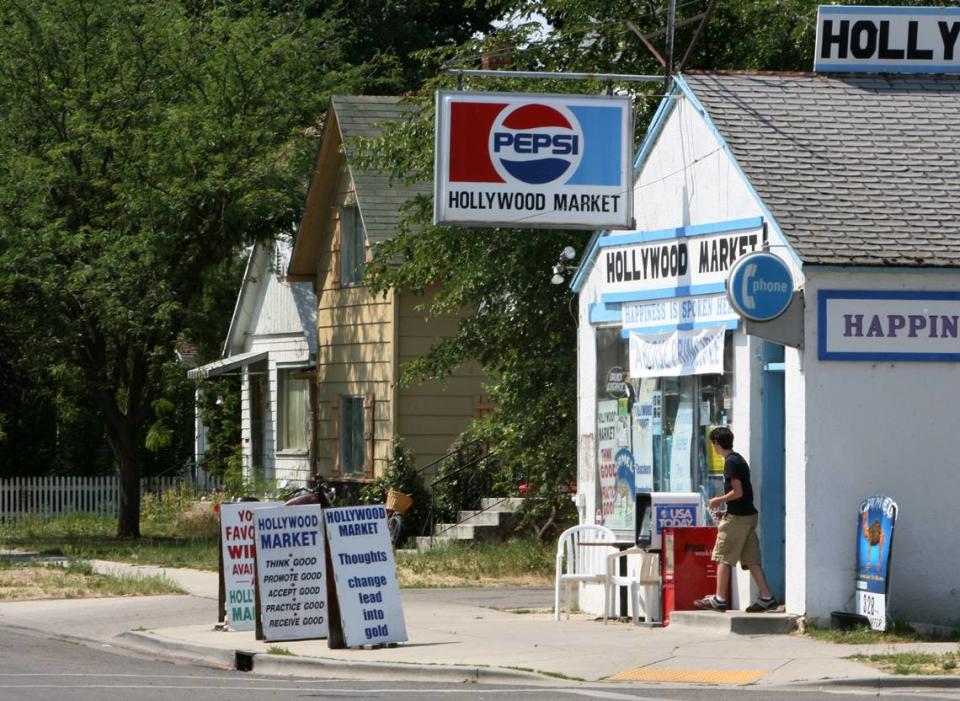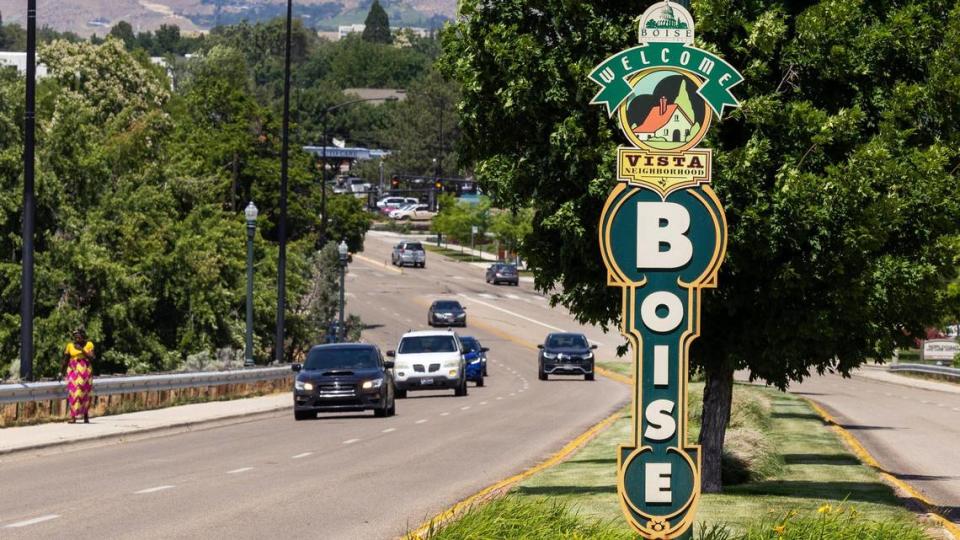Boise’s contentious new zoning code went live. Here’s what that could mean for you
After years of debate, protests and late meetings, Boise’s new zoning code has arrived.
The new code, which dictates how and where development takes place in the city, took effect went live Dec. 1, after the Boise City Council unanimously approved it in June.
The city’s Planning and Zoning Department saw a flurry of building and construction applications slide in before and after the code took effect from those hoping to take advantage of the old guidelines and the new.
The code was officially implemented on a Friday, and by Monday morning people were already waiting to start the process, according to Lindsay Moser, communications manager for Boise’s Planning and Development Services Department.
“We think a lot of people are really excited about the new code,” Moser said by phone.
There are numerous major projects whose developers have been looking forward to the new code, Moser said. Namely, the College of Western Idaho campus, the affordable-housing Capitol Campus project near Boise State University and the Idaho Transportation Department property on State Street.
The new code allows the College of Western Idaho to more easily determine the amount of parking needed for its future Boise campus, Moser said. The proposed campus would border the Boise River Greenbelt on the northwest corner of Main Street and South Whitewater Park Boulevard west of downtown.
The Capitol Campus project, which aims to redevelop an area between Boise State University and Ann Morrison Park into affordable housing and retail stores, can take advantage of higher building heights, no parking requirements and fewer setbacks, which determine how far back a building can be built from sidewalks or streets.
Two Idaho-based developers, Hawkins Cos. and The Pacific Cos., and Utah-based FJ Management were the highest bidders on the state’s request for bids to buy and redevelop the 44-acre former ITD campus in September. They plan to turn it into a mix of residential and commercial units.
The campus was, and still is, in a low-density zone. The developers will need the city to rezone it as it moves forward to a different kind of zoning that would let them carry out their plans for commercial, residential and other uses.
“This property is important to the city,” Moser said.

In November, the Planning and Development Services Department received 27 applications that will need to go through a hearing process under the old rules.
Moser said some smaller projects, like minor land divisions, will need to go through a more rigorous process under the new rules, so some people may have wanted to take advantage of the old rules.
Until October, the department only received an average of 7.6 projects per month this year and 9.4 over the last 19 months. In the first week under the new code, the department saw 64 people start the process for a new project, Moser said.
“I won’t call these applications, because they have not been submitted yet, and still must go through our new approval process” Moser said. “However, this is a large number for the city and exciting to see so many folks eager to utilize the new code.”
“The process changes that are part of the new zoning ordinance are intended to make the things we want and need as a city easier to accomplish,” said Tim Keane, planning and development services director, in an email. “The first week was a significant step in the right direction.”
Moser said it’ll take a while for new hearing-level projects to make it through the process. The department is not expecting to complete reviews of the current applications until March. Applications that require a hearing likely won’t be heard until April.
The large-scale developments that need to go through a hearing process likely won’t start building until about 2025, Moser said.
“Those hearing-level (projects) are still several months to several years before we see developments physically,” Moser said.
A confusing jumble
For most Boiseans, the new zoning code can be exceptionally confusing. What does it mean? How will it affect me? How will my neighborhood change?
In short, the city’s Modern Zoning Code is a 600-page document that determines what types of homes and buildings developers can build in different areas of the city. Zoning codes are what give cities different areas designated for housing, commercial or industrial uses.
For instance, zoning codes would prohibit the construction of a massive new Walmart Supercenter next to Camel’s Back Park since the city zones that neighborhood for almost entirely residential uses.
The city published a zoning conversion map, which can be used below or through the city of Boise website. Under the “Boise Zoning” tab on bottom left, users can select the old zones compared to the new zones and type in their addresses at top right to determine what kind of zone their neighborhood is in.
What do these changes look like? How will my neighborhood change?
The biggest changes focus on increasing density, adding incentives for affordable housing, boosting transit options, and cutting out some public hearings, which can be the most time-consuming piece of the development process.
The city also added more mixed-use zoning, meaning residential neighborhoods may see small retail shops and cafes pop up, similar to the stretch of businesses in Hyde Park.
These shops and cafes have limitations: They cannot have drive-thrus, they can be open only between 7 a.m. and 8 p.m., and they would be limited to 2,000 square feet, according to prior Idaho Statesman reporting.

The new code also creates incentives and opens more avenues to build different types of housing, such as duplexes, triplexes, fourplexes and cottage villages, which cluster homes around a central shared area.
But for those who are concerned about developers demolishing homes to build big new apartment buildings in your neighborhood, Moser said there are protections to prevent this.
“You can’t take a perfectly good house and tear it down to get more apartments using incentives,” Moser said.
She added that the city’s historic districts, such as in the North End and Warm Springs, remain untouched by the new code, and that historic buildings would not be demolished for apartments.
R-1C zones, which cover most residential neighborhoods, won’t see much change, Moser said. The biggest changes are focused on busier transit corridors such as along State Street, Vista Avenue or Fairview Avenue.

The new code aimed to increase density and housing options along these areas, meaning developers may want to build more apartments on these streets.
But the Boise City Council also added some transition standards to the code — meaning buildings will gradually transition away from apartments on these corridors and toward single-family homes the farther away you get.
If I disagree with a development, can I still oppose it? How?
The new code cuts out some public hearings for smaller developments, such as your neighbor’s application for an additional dwelling unit. Otherwise, the process for opposing a development is still mostly the same.
If you live next to a proposed development, whether small or large, you will get a notification about it and be given avenues for expressing your concerns and opinions, Moser said.
“The larger projects will have neighborhood meetings,” she said. Developers of certain large projects are required to meet with neighbors to hear their concerns before filing development applications with City Hall.
The notification will include contact details and how to appeal a decision within the required 10 days. Fees could apply.
Appeal applications can be found on the city of Boise’s website and submitted to City Hall at 150 N. Capitol Blvd.
The hearings for those bigger projects will still be public as they wind their way through the Boise Planning and Zoning Commission and Boise City Council.
“There are still appeal processes,” Moser said.
For those who are curious about a proposed project, typing the project name or the project address into the city’s permitting and licensing portal turns up application information that can include blueprints and renderings, timelines and status updates.
In-person testimony can be given during public hearings at City Hall in downtown Boise or online through Zoom, according to the city of Boise website.

